Send us a Message
- Destinations
- Tours
- By Destinations
- By Themes
- Suggested Combination
- Duration
- About Us
- Reviews
Cambodia has a tropical monsoon climate with two main seasons: the wet season from May to October and the dry season from November to April. Temperatures remain warm year-round, typically ranging between 25°C and 35°C. While rainfall is more intense during the wet months, the country benefits from lush green landscapes, while the dry season offers clearer skies and easier travel. Overall, Cambodia’s climate is relatively uniform, but small variations can be noticed between the northern, central, and southern regions.
Northern Cambodia Climate & Seasons: The northern region, home to Siem Reap and the famous Angkor temples, experiences hot and humid weather throughout the year. Rainfall is concentrated between May and September, making the area greener but sometimes muddy for temple exploration. The dry season brings cooler evenings and sunny days.
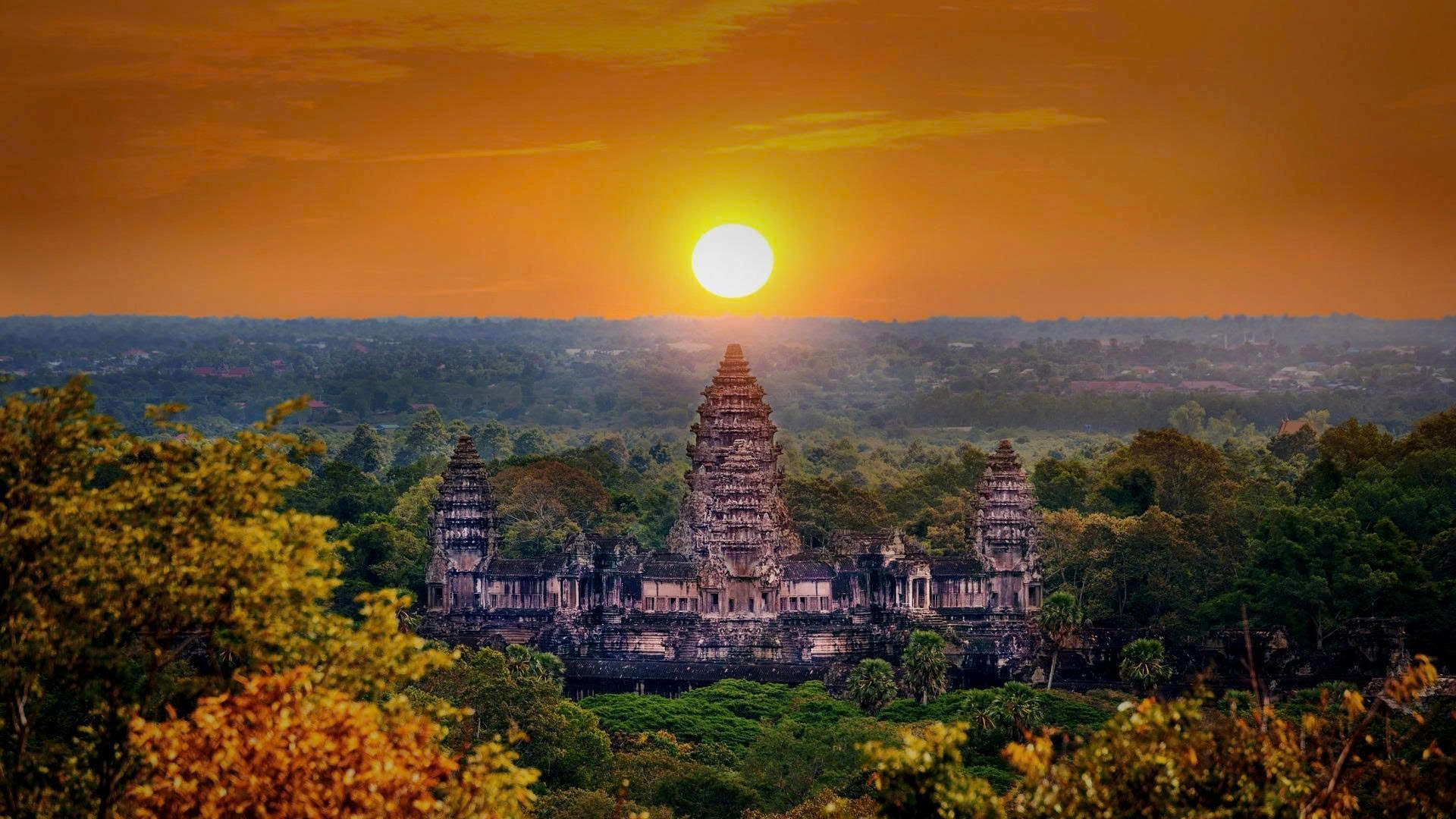
Best Time to Travel Northern Cambodia: The best time to visit is from November to February, when the temperatures are milder and outdoor sightseeing is more comfortable. This is also the peak tourist season for visiting Angkor Wat under clear skies.
Central Cambodia Climate & Seasons: Central Cambodia, including Phnom Penh, has a typical tropical climate with hot summers and heavy rains during the monsoon. The wet season can bring flooding in some lowland areas, while the dry season remains sunny and warm, ideal for cultural tours and city exploration.
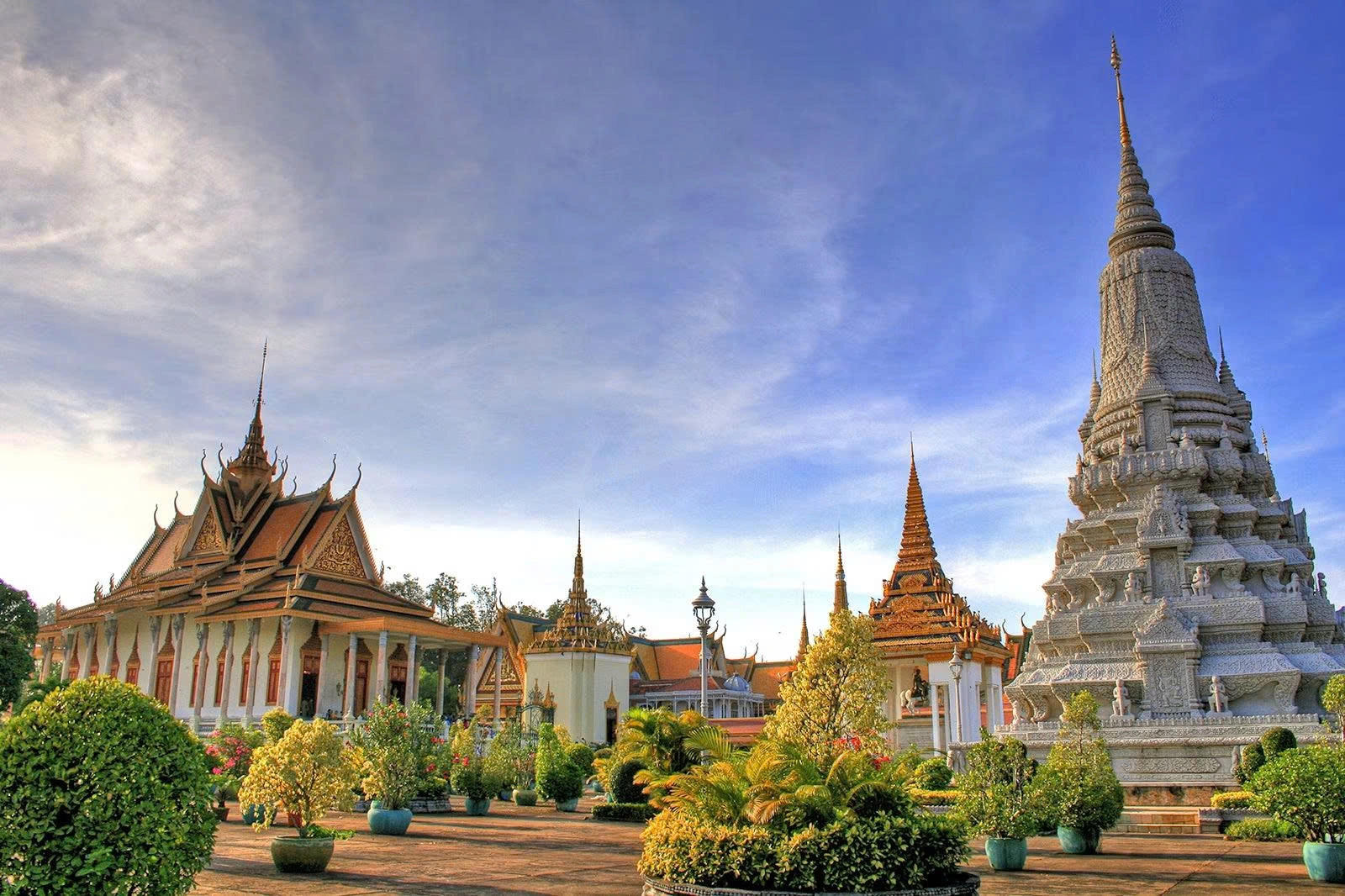
Best Time to Travel Central Cambodia: The most pleasant time to explore is from December to March, when humidity is lower, and daytime temperatures are easier to handle. This period is especially suitable for walking tours, river cruises, and enjoying Phnom Penh’s lively atmosphere.
Southern Cambodia Climate & Seasons: The southern coast, covering Sihanoukville, Kep, and Kampot, has a more humid climate influenced by the sea. The wet season brings heavy but brief tropical showers, while the dry season offers sunny weather perfect for beaches and island getaways.
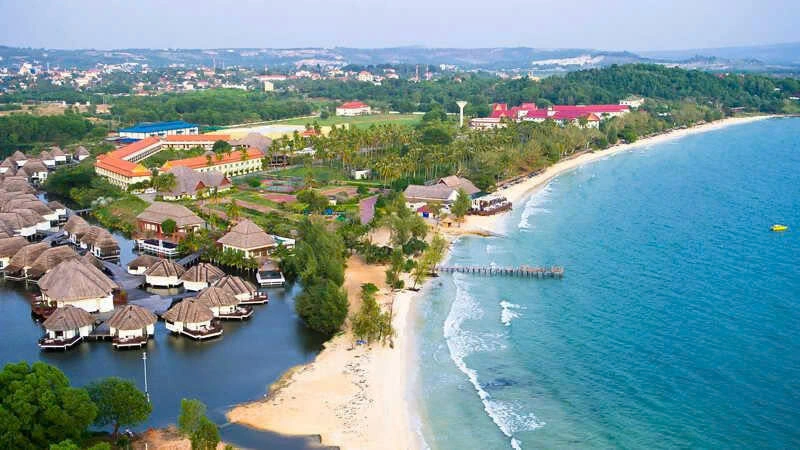
Best Time to Travel Southern Cambodia: The best months to visit are from November to April, when the beaches are at their best with calm seas, golden sunshine, and minimal rainfall. This is the ideal season for swimming, snorkeling, and relaxing by the coastline.
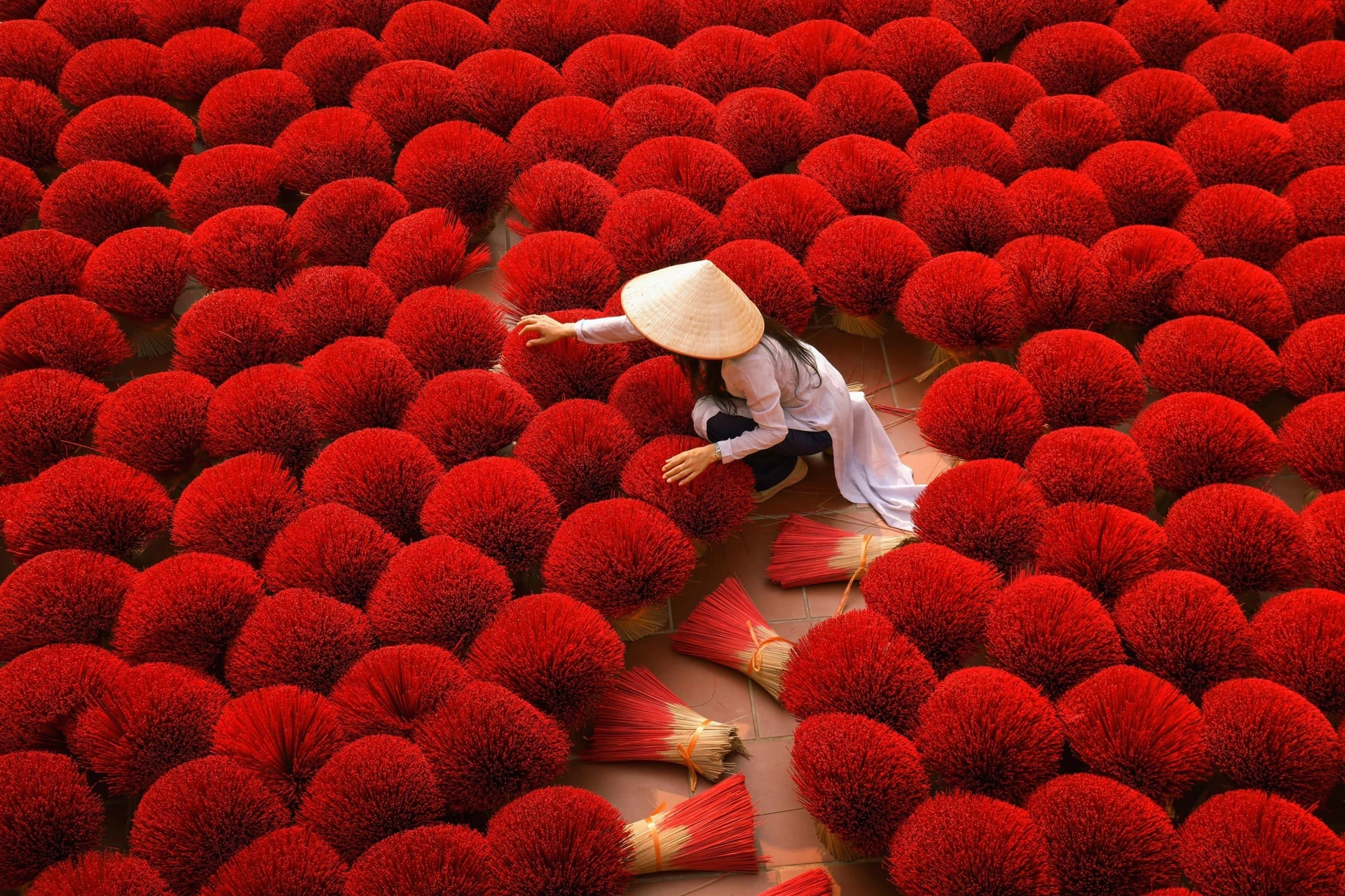
Vietnam is a country full of history, culture, and natural beauty, offering unforgettable experiences for every type of traveler. From bustling cities and ancient temples to serene countryside and pristine beaches, there is something for everyone. With careful planning, attention to local customs, and consideration for dietary or religious needs, Israeli travelers can enjoy a safe, enriching, and memorable journey.
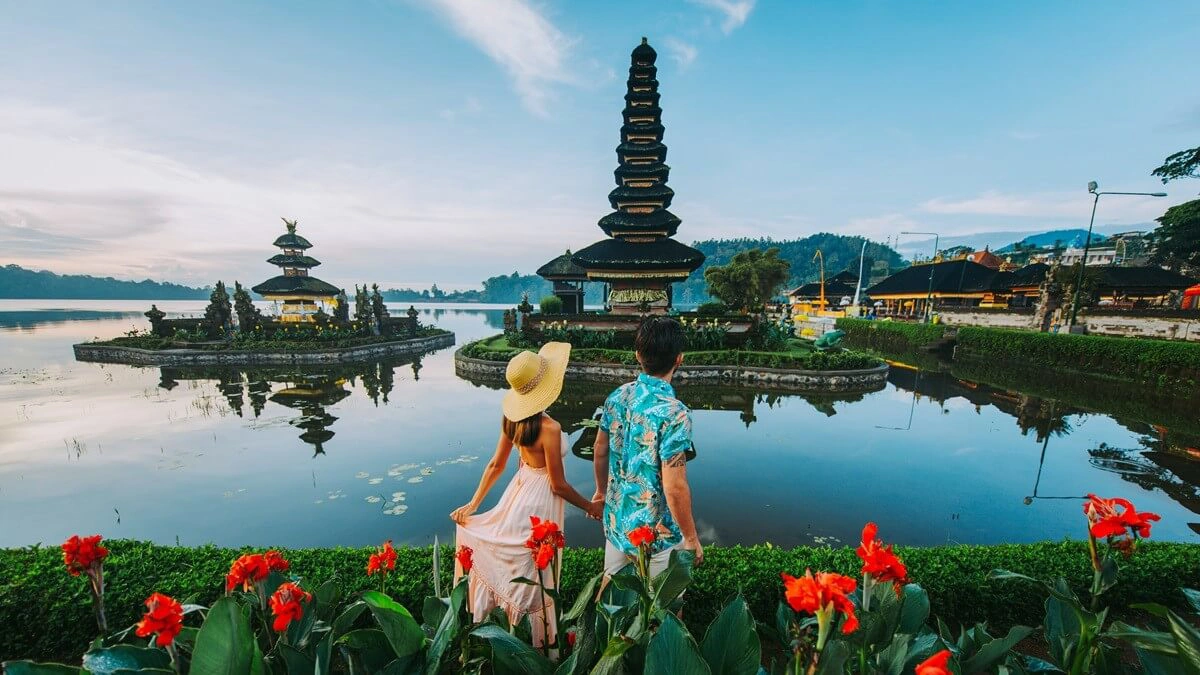
To enter Bali, travelers need a passport valid for 6 months; many nationalities get 30 days visa-free, while longer stays require a Visa on Arrival or e-visa. The island has a tropical climate with a dry season (Apr–Oct) ideal for beaches and festivals, and a wet season (Nov–Mar) with lush green landscapes. Cash in Indonesian Rupiah is essential for small expenses, though cards are accepted in larger venues, and transport mainly relies on taxis, ride-hailing apps, scooters, or private drivers. Visitors should respect local customs—dress modestly at temples, remove shoes in sacred spaces, and use the right hand when giving or receiving items.

Balinese cuisine is a vibrant reflection of the island’s culture, shaped by its Hindu heritage, fertile volcanic soils, and abundant spices. Meals are a harmonious balance of flavors spicy, savory, sweet, and aromatic—brought together through fresh herbs, coconut, peanuts, and chili-based spice pastes known as bumbu. Rice is the centerpiece of most meals, complemented by grilled meats, seafood, and an array of vegetable dishes. Many recipes are deeply rooted in ceremonial traditions, often served during temple festivals and family gatherings, making Balinese food not only a culinary delight but also a cultural journey.
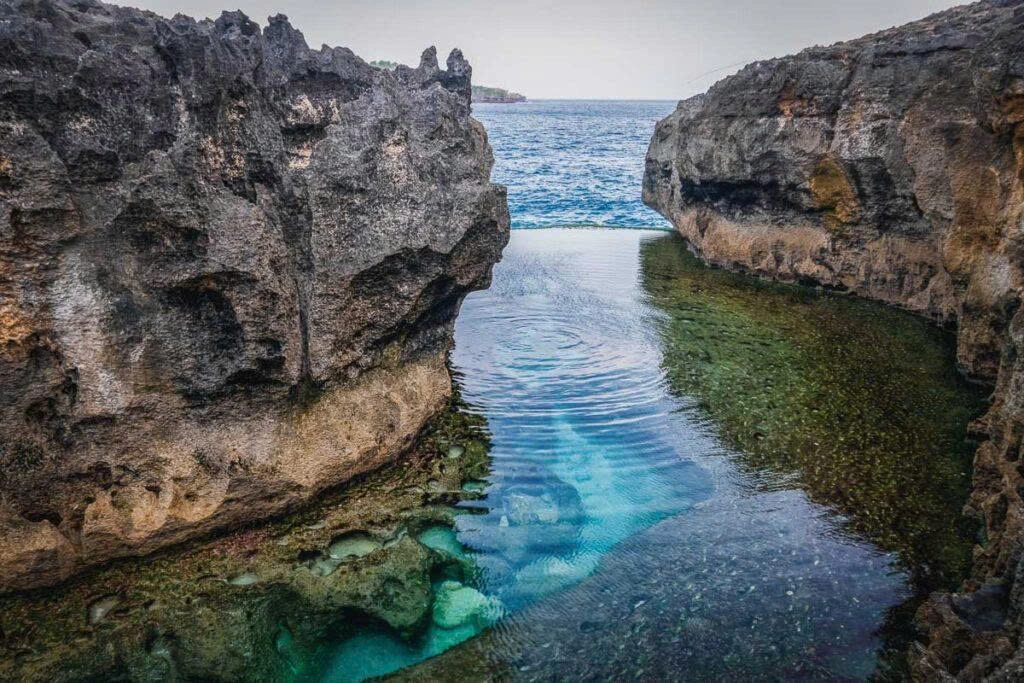
Nusa Penida is a stunning island off Bali’s southeast coast, famed for its rugged cliffs, crystal-clear waters, and dramatic landscapes. Highlights include Kelingking Beach with its dinosaur-shaped headland, Angel’s Billabong, and Broken Beach. Popular for snorkeling and diving, the island offers encounters with manta rays and vibrant coral reefs, making it a paradise for adventure and nature lovers.
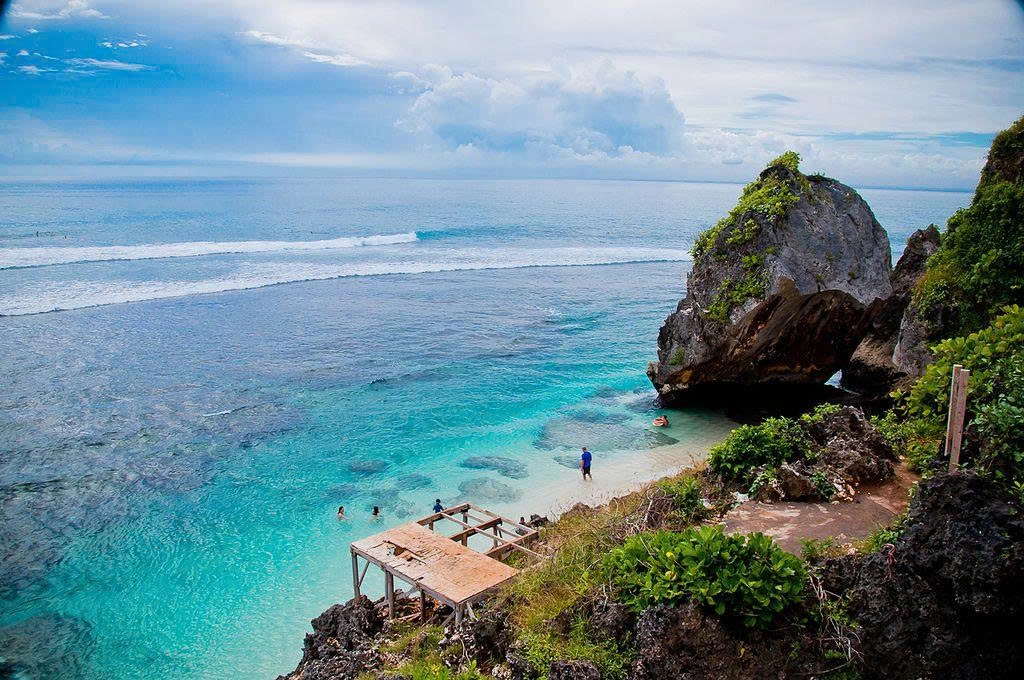
Uluwatu is renowned for its dramatic sea cliffs, world-class surf breaks, and breathtaking ocean views. At its heart lies the iconic Uluwatu Temple, perched high above the waves and famous for sunset Kecak dance performances. With luxury resorts, hidden beaches, and a relaxed coastal vibe, Uluwatu is a perfect blend of culture, adventure, and natural beauty.
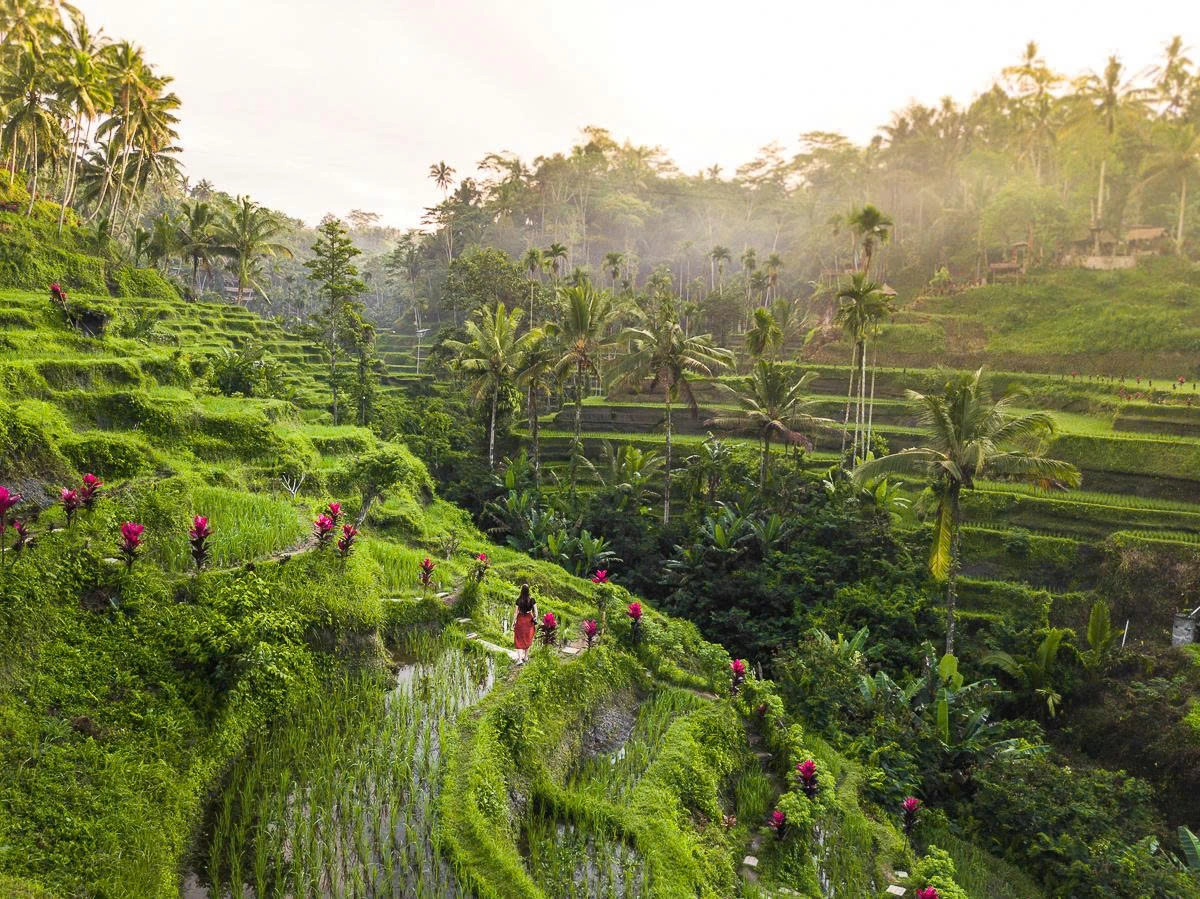
Ubud is the cultural and spiritual heart of Bali, surrounded by rice terraces, lush forests, and traditional villages. Known for its art, dance, and handicrafts, it’s also a hub for yoga, wellness, and spiritual retreats. With its temples, galleries, and serene landscapes, Ubud offers a deeper connection to Balinese heritage and nature.
Preparing for your upcoming trip to Asia?
Let us know what we can arrange for you!